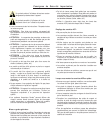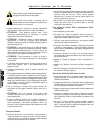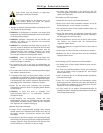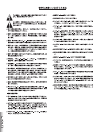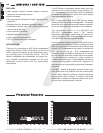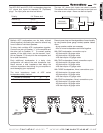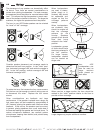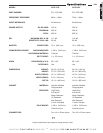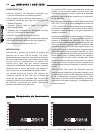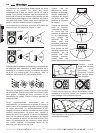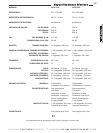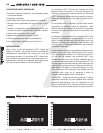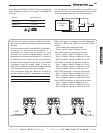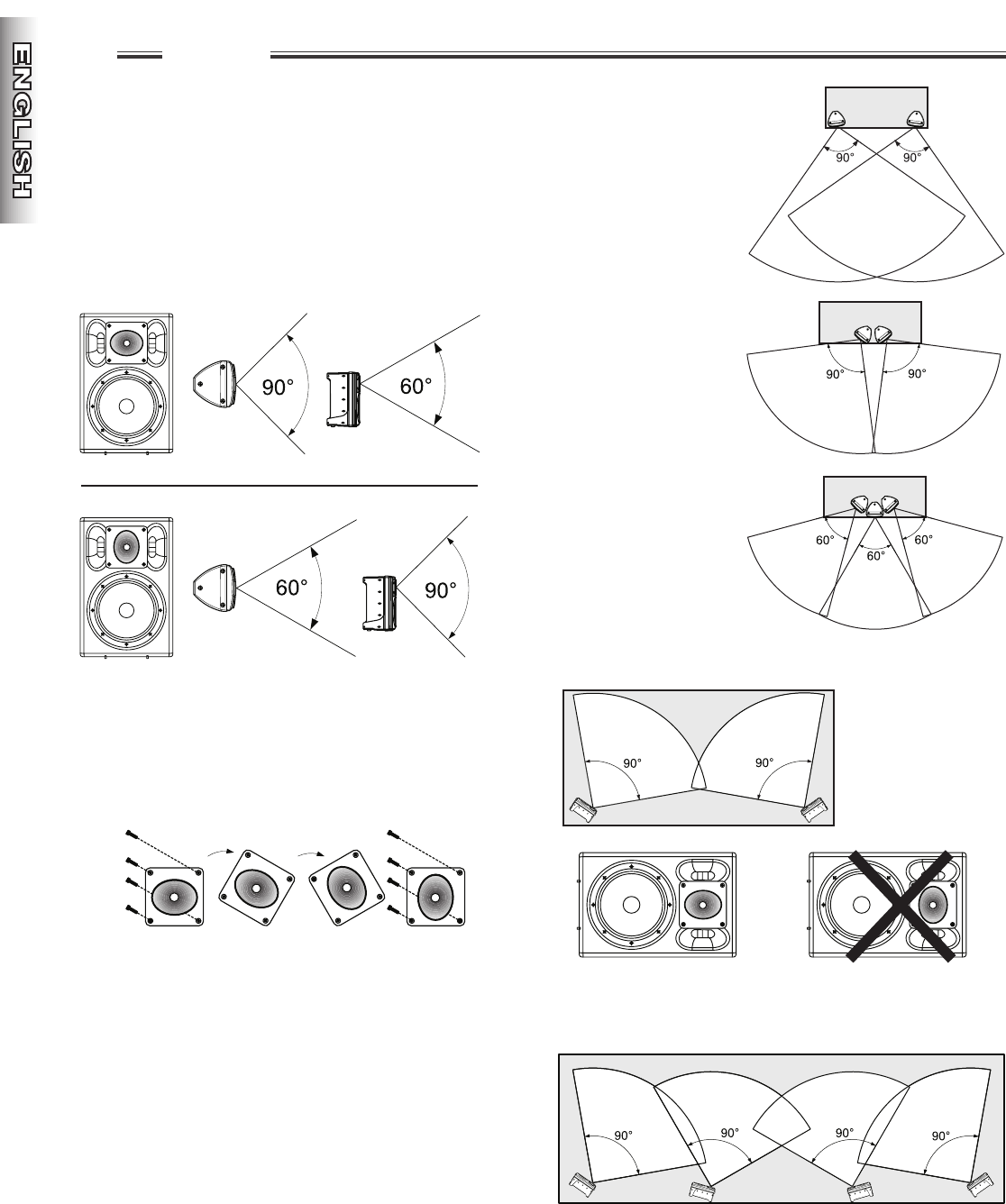
wwwwww
..
ffeennddeerr..ccoomm
✧
wwwwww
..mmrrggeeaarrhheeaadd..nneett
The placement of any speaker can dramatically affect
its sound. Thus, there are several considerations to
review when placing loudspeakers. For best coverage,
the speakers should be placed or mounted above head
level. This allows the high-frequencies to reach mem-
bers of the audience located in the back. The larger the
audience, the higher the speakers should be placed.
The horn in your ACE Series speakers can be oriented
for “wide” or “tall” coverage.
Consider speaker placement and coverage needs to
determine the best horn position. In the “wide” posi-
tion, horizontal coverage is 90° and vertical coverage is
60°. In the “tall” position, vertical coverage is 90° and
horizontal coverage is 60°.
To rotate the horn, first remove the four corner screws.
Pull the horn out just enough to rotate it, taking care not
to disconnect the wires. Replace the four corner
screws.
Other considerations are feedback and bass
performance. If the speaker is placed near a large, flat
wall, bass output will be increased by approximately 6
dB. However, placing the speaker near a wall can cause
feedback. If this occurs, the speaker must be moved.
In general, placing speakers near a wall works best if
the sources feeding the speaker are line level items. To
reduce microphone feedback, use cardioid pattern
microphones, keeping them behind, and pointed away
from loudspeakers.
When loudspeakers
are used in stereo,
(either singly or in
clusters), they should
be separated and
angled so that the
coverage patterns
overlap.
When loudspeakers
are clustered, they
should be angled so
that the coverage
patterns do not
overlap. Speakers
groups of two should
have their horns
oriented in the “wide”
position.
Loudspeaker groups
of three should have
their horns oriented in
the “tall” position.
For larger venues,
loudspeaker clusters
can be treated as
single units.
Your ACE
loudspeakers can
also be used as
stage monitors
when placed on
their sides.
When used as a stage monitor, the horn should be
rotated to the “wide” position relative to the floor to
provide uniform coverage.
Larger stages may require additional monitors.
WIDE
TALL
STAGE
STAGE
STAGE
STAGE
STAGE
SS
SS
ee
ee
tt
tt
uu
uu
pp
pp
12




